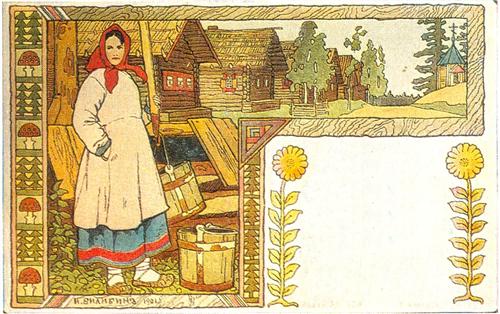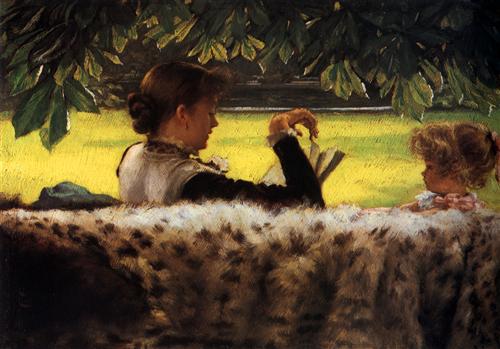During a recent brief hospital confinement, I randomly selected to read two steampunk short stories from my copy of Steampunk! An Anthology of Fantastically Rich and Strange Stories edited by Kelly Link and Gavin J. Grant.
The Ghost of Cwmlech Manor by Delia Sherman shares the legend of Mistress Angharad Cwmlech, daughter of Sir Owen Cwmlech who went into battle and secured her in Cwmlech Manor.

The Manor House At Jas De Bouffan by Paul Cezanne (1870). Romanticism style, watercolor landscape on paper. Impressionist period. Retrieved from https://www.wikiart.org/en/paul-cezanne/the-manor-house-at-jas-de-bouffan-1870 on January 5, 2017.
The tale is told from the perspective of Tacy Gof, filial daughter of a smith and a former kitchen maid of the said manor. She grew up with a passionate admiration for Mistress Angharad Cwmlech who hid well her family treasure and confronted a large group of enemy soldiers with a sword.
The night the Roundheads broke into the manor, they found her on the stairs, clad in her nightdress, armed with her grandfather’s sword. They slew her where she stood, but not a gold coin did they find or a silver spoon, though they turned the house upside down with looking. (Source: The Ghost of Cwmlech Manor by Delia Sherman)



